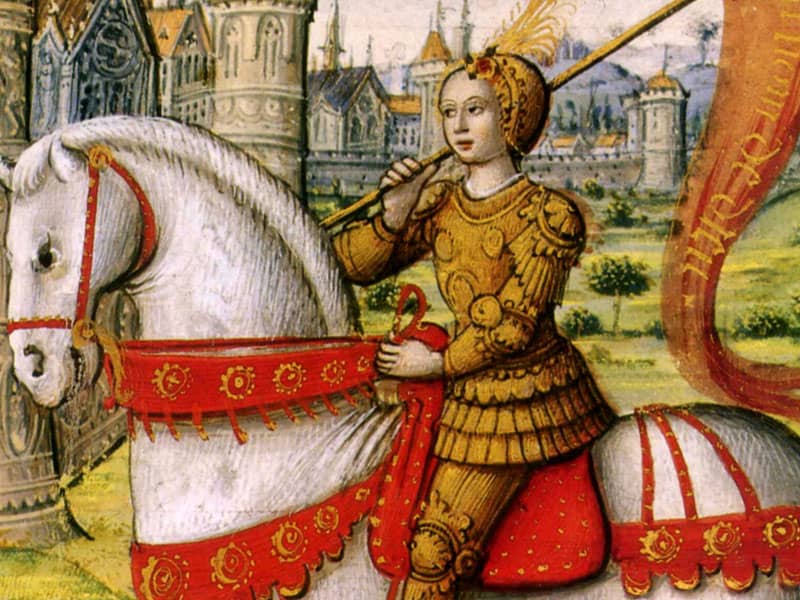Saturday, April 2: Pope John Paul II died in his Vatican apartment at age 84 of septic shock and cardiocirculatory collapse.
Monday, April 4: The General Congregation of Cardinals, after taking an oath of secrecy, met for the first time, in the Bologna Hall at the Vatican Apostolic Palace, to discuss funeral arrangements.
Monday, April 4 to Friday, April 8: The pope's body will lie in state, open continuously to the public except for 90 minutes per day, until the funeral. The pope is dressed in crimson vestments and a white bishop's miter. A rosary is wound around his hand, and a staff is under his arm. Monday, the body was ceremonially carried by 12 pallbearers and accompanied by at least 60 cardinals on the procession from the Vatican Apostolic Palace to St. Peter's.
Friday, April 8: Pope John Paul II was buried at 10 a.m. Rome time, 4 a.m. EST. The pope was buried "in the bare earth," in a crypt under St. Peter's Basilica. The dean of the College of Cardinals, Joseph Cardinal Ratzinger, celebrated the funeral mass. Vatican law dictates that a pope must be buried within 4-6 days of his death. As many as 2 million people were expected to attend the funeral.
Friday, April 8: Novemdiales, or the 9-day official period of mourning, began.
Sunday, April 17: Novemdiales came to an end.
Monday, April 18: The papal conclave began, falling within the prescribed 15 to 20 days after the pope's death. The 115 cardinals who are younger than age 80 will vote by secret balloting procedure and under an oath of secrecy, to elect the next pope. Cardinals who are older than 80 may attend but not vote. Two cardinals who would have been eligible to vote did not attend because of health reasons. The conclave will proceed according to rules set forth by John Paul II in a 1996 document, "Universi Dominici Gregis."
Day 1 of Conclave: The conclave begins in the Sistine Chapel. Shortly after it begins, a special papal electoral mass, called "Pro Eligendo Papa," is celebrated. That afternoon, the first vote may be taken. After each cardinal records his vote on a piece of paper with the words, "Eligo in summum ponticem," or "I elect as supreme pontiff," the votes are counted and the ballots are burned. The fire is treated with a chemical that either sends black (a pope has not been elected) or white (a pope has been elected) up the chimney.
Days 2-12 of Conclave: Votes are taken twice each morning and twice each afternoon. If after 30 votes the required two-thirds-plus-one majority has not been reached, a simple majority may decide the election. When a cardinal has been elected, he simply says "I accept" to accept the pontificate. He then chooses his name.
After the Pope Has Been Elected: White smoke appears from the chimney. The oldest member of the College of Cardinals emerges from the conclave and announces, "Habemus Papam," or "We have a pope." He then announces the birth name and chosen papal name of the new pope. Within 30 minutes, the new pope will appear on St. Peter's main balcony to bless his flock.
2016-06-30
2016-06-30
Beliefnet Editor
more from beliefnet and our partners

